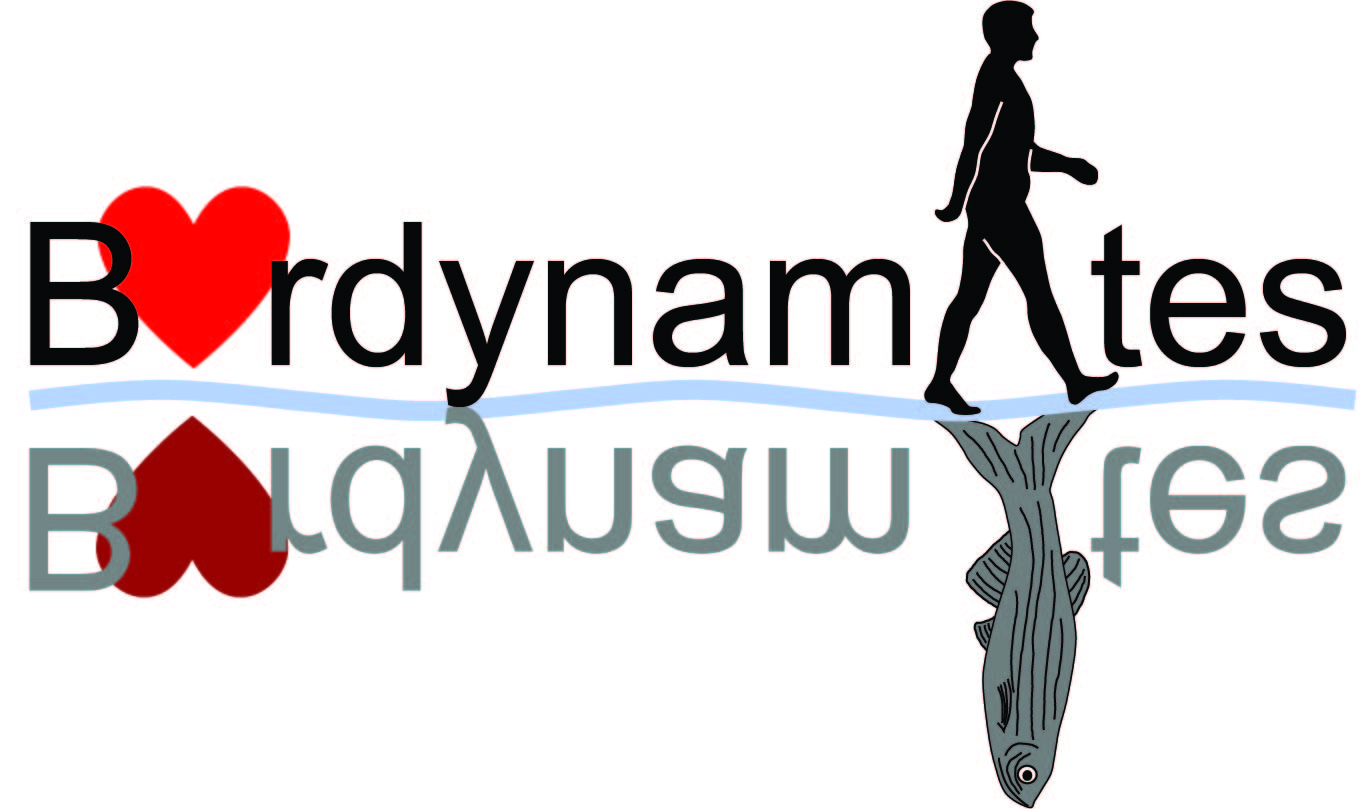Welcome to the Burdine Lab

Asymmetric expression of the Nodal inhibitor dand5 (magenta) in the zebrafish ciliated (green) left-right organizer.
In my laboratory we are using the zebrafish to study how the left-right (LR) axis and pattern is established. Vertebrates appear bilaterally symmetric, but have internal asymmetries along the LR axis. This axis is revealed by the asymmetric placement of organs along the midline. For example, the human heart is located on the left of the body cavity, while the liver is located on the right. While genes implicated in LR patterning have been identified, we do not know how the LR axis is established, how the axis is aligned with the existing dorsal-ventral and anterior-posterior axes, or how LR information is received and interpreted by developing organs. Proper LR axis formation is critical for organogenesis as correct organ placement allows for proper connectivity with the developing vasculature. In humans, defects in LR patterning often manifest as congenital heart disease. Our current studies focus on the mechanisms of left-right patterning, and on identifying new genes involved in this process. Additionally, we use our work in zebrafish to understand human disorders including ciliopathies, RASopathies, idiopathic scoliosis and congenital heart defects.
Recent Publications
Contact
159 Moffett Lab (Prof. Burdine's Office)
428 Moffett Lab (Lab address)
Washington Road
Princeton, NJ 08544
Dr. Burdine's office: 609-258-7515
fax 609-258-1574
lab 609-258-5782
Faculty Assistant
Galo Guerrero
419 Schultz
p 609-258-2933

